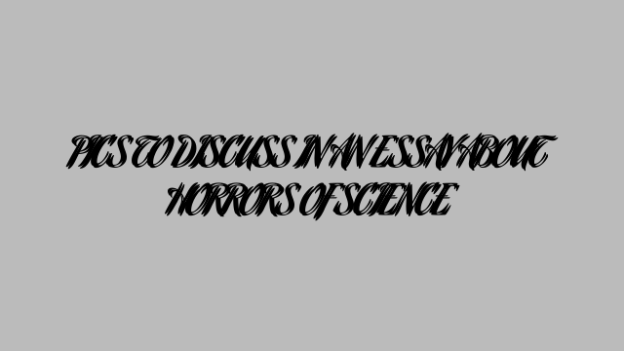The development of science and scientific exploration has undoubtedly led to many breakthroughs that have improved life for humans and advanced our understanding of the natural world. The pursuit of knowledge through experimentation and pushing boundaries has at times come at significant costs and caused tremendous harm. When writing an essay aiming to shed light on some of the darker sides of science, carefully selecting impactful photographic evidence can help illustrate the real human toll of certain practices and discoveries. Below are some options to consider including and discussing to demonstrate science’s capacity for creating horrors.
One image that could start an essay off powerfully is a picture from the Unit 731 experiments conducted by Japanese scientists and military in China during World War II. This top secret biological and chemical warfare research unit systematically tested weapons on live prisoner test subjects without their consent. Photographs exist showing emaciated and brutalized prisoners who were subjected to vivisection, frostbite and hypothermia studies without anesthesia. Discussing the inhumane acts perpetrated in the name of science could shed light on the moral failings that can occur when decisions about research involve humans as mere objects or means to an end, rather than as ends in themselves deserving dignity and respect.
Another option is photos from early 20th century eugenics movements, like images of patients residing in institutions for people deemed “feeble-minded” or “unfit” by those pursuing eugenics ideologies. The eugenics agenda of many scientists led to the coerced sterilization of tens of thousands and provided faulty scientific justification for the Holocaust. Pictures humanizing the individual lives affected could be a sobering reminder of how scientific authority and ideas about biological superiority have been misused to justify grave human rights violations. The eugenics era shows how easily science can contribute to dehumanization and enacting views that certain groups are inherently less valuable when propagated by those in positions of power and influence.
For illustrating the costs of unconstrained, unethical experimentation, photos from the infamous Tuskegee syphilis study could feature prominently. From 1932 to 1972, the U.S. Public Health Service engaged in a non-therapeutic experiment on 399 Black men in Alabama, withholding treatment even after penicillin became a cure. Pictures taken of participants throughout the experiment, along with their medical files and records of the lies told to obtain “consent,” provide a stark image of scientific racism and the harm that can result when marginalized populations are treated as guinea pigs rather than fully human. Notes or photos from family members of how syphilis ravaged the bodies and minds of their loved ones over decades also personalize the devastating multi-generational effects.
Nuclear weapons testing offers another opportunity to include illuminating photographs. Images taken at test sites display the apocalyptic destruction caused by the vaporization and subsequent mushroom clouds. Pictures of citizens exposed to radiation fallout shed light on the often overlooked human and environmental costs of weapons development pursued in the name of national security. Discussing pictures of deformed and changed landscapes alongside human victims emphasizes science’s ability to irreversibly alter the world when unleashed without sufficient oversight or concern for unintended consequences downwind.
Photographs from primate research facilities featuring caged chimpanzees and other highly intelligent social species used in experiments could make for a powerful visual representation of the ethical issues with certain areas of animal testing. Pictures humanizing the individual personalities and intelligence of nonhuman primates remind viewers that science has at times disregarded sentience and inflicted harm even on our closest evolutionary relatives solely because a different species status allows it. Notes on the trauma and psychological effects enduring experimentation has on social animals could accompany the images.
While more abstract than physical images, charts, graphs or timelines displaying the rise of antibiotic resistance as a direct result of irresponsible antibiotic overuse in medicine and agriculture would have important messaging. Tracing the predictable evolutionary response science itself predicts when selective pressures are applied underscores how rapidly past gains can be undone. Photos of infected patients or diseased livestock struggling with “superbugs” because prior generations prioritized short term profits over long term sustainability could drive the point home.
While science undoubtedly improves lives, an essay aiming to explore its capacity for creating horrors would do well to incorporate evocative photographic evidence from the examples discussed. Carefully selected images humanizing real individual victims and documenting the physical, mental and environmental toll paid illuminate the very real costs incurred and harm capable when scientific pursuits are divorced from ethics. Examining lessons that can be learned from history ensures the promise of knowledge and discovery is matched by progress in upholding dignity and rights to avoid repeating mistakes. A well-rounded discussion alongside visual documentation reminding of science’s ability to both heal and maim could leave readers with much food for thought.
